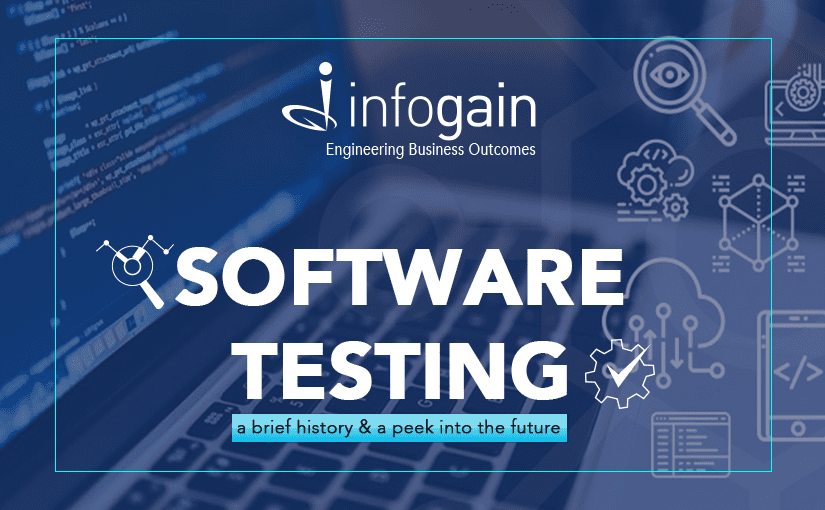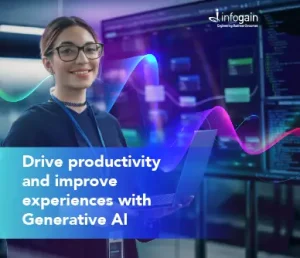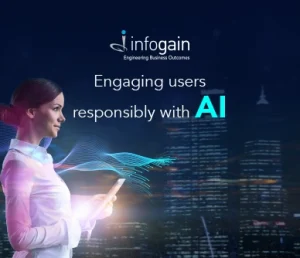- Posted on : April 16, 2020
-
- Industry : Corporate
- Service : PAQman
- Type: Blog

Many IT professionals tend to be preoccupied with the testing process. In some ways, testing is as old as mankind itself. We can all imagine the “hunter-gatherers” thousands of years ago foraging for new food and asking themselves, ‘is this edible?’, is this tasty? to ‘is this safe to eat?’ Perhaps testing became hardwired in us, as did a nascent scientific nature. Testing continued through the pre-industrial era, where people formed guilds to test product quality, and in the industrial era, for example, with the early testing of suction lift water pumps in steam engines.
Testing or software testing is not a new concept. The testing phase of a product is one of the most important tasks of any business today. Before going to market, every product must go through multiple and meticulous tests that guarantee quality before it’s placed in the hands of the end-user or a customer. When computing emerged, ‘Software Testing’ or measurement of the quality of design used in the software and how it corresponded to the design also gained prominence.
Software testing has followed its own evolutionary path, resulting in an end-to-end framework that is used today.
Software testing started its journey with ‘debugging,’ meaning that in order to debug, one had to look for errors and fix it. Subsequently, Alan Turing wrote the very first article on Testing in 1949 about carrying out checks on a program. Since then, testing has been through three phases, starting with the ‘demonstration period’ (1957–1978) where ‘test development’ was popular. The need to clear these tests became more important as more expensive and complex applications were being developed. In 1979 or the “destruction period,” ‘software testing’ became a process of running a program with the intention of finding errors. Finally, in the ‘evaluation period’ (1983–1987), a methodology was proposed that integrated analysis, revision, and testing activities during the software life cycle to obtain an evaluation of the product during the development process.
The current phase or the ‘prevention phase’ has redefined software testing. This phase encompasses the planning, design, construction, maintenance, and execution of tests and test environments. In addition, testing has become a core process in the Systems Development Lifecycle (SDLC), involving several technical and non-technical aspects that include specification, design and implementation, maintenance, process, and management. Businesses advanced their application deployment methods to match evolving business climates and needs, which in turn places QA organizations under tremendous pressure. The increased adoption of DevOps and Agile have forced QA to shorten testing cycles.
Software Testing: The Future
While the pace of application delivery demands accelerated, QA organizations still need to ensure proper test case coverage across functional, regression, usability, integration, performance, and security testing. However, many continue to struggle with an inefficient, expensive, and error-prone manual testing approach; an approach that no longer fits the DevOps and Agile model. Software testing in the future (now):
- Leverages automation: Applying automation to testing that went beyond test script execution and test case development enabled organizations to drive more value from their quality assurance program. However, to keep pace with the agile model of development, traditional test automation proved inadequate. Testing organizations needed to innovate with new and emerging technology solutions around automation.
- QA + AI and ML: Intelligent Automation solutions are the next and perhaps most promising step in the testing journey. Intelligent automation enhances test quality using predictive analytics supported by Artificial Intelligence (AI) and Machine Learning (ML).
Many businesses have advanced their application deployment methods to match evolving business climates and needs, putting QA organizations under tremendous pressure. The increased adoption of DevOps and Agile forced QA to shorten testing cycles. There is now room for a next-generation test automation framework designed to power Continuous Quality Engine that is an amalgamation of Automation, AI, and ML. The newer framework leads to predictive intelligence for the test planning process by highlighting potential points of failure.
PAQman is Infogain’s next-generation test automation framework designed to power Continuous Quality Engine. It is a machine learning-driven predictive intelligence for the test planning process by highlighting potential points of failure. PAQman uses in-sprint test automation compatible with CI/CD pipelines and behavior-driven development for applications on the web or mobile platforms, modern-day microservices or web services architecture, database testing, and traditional desktop applications. The module is fully integrated with DevSecOps tools.
This article is first in a blog series that will cover predictive scenarios and modules under predictive analytics for quality.







